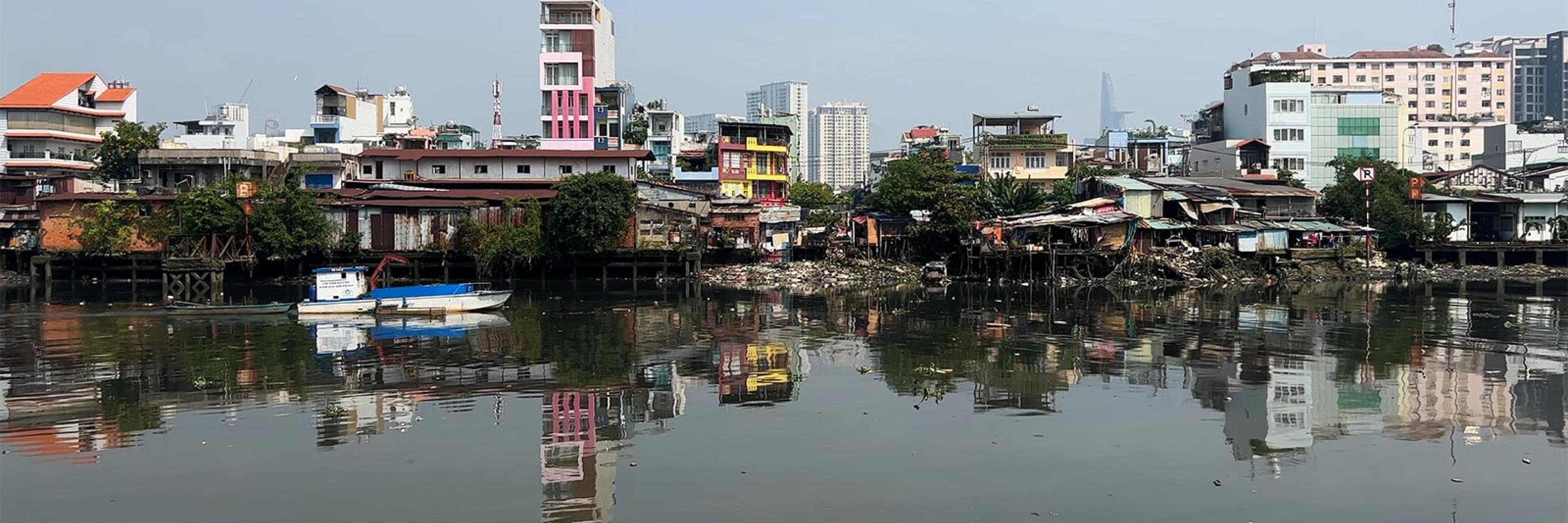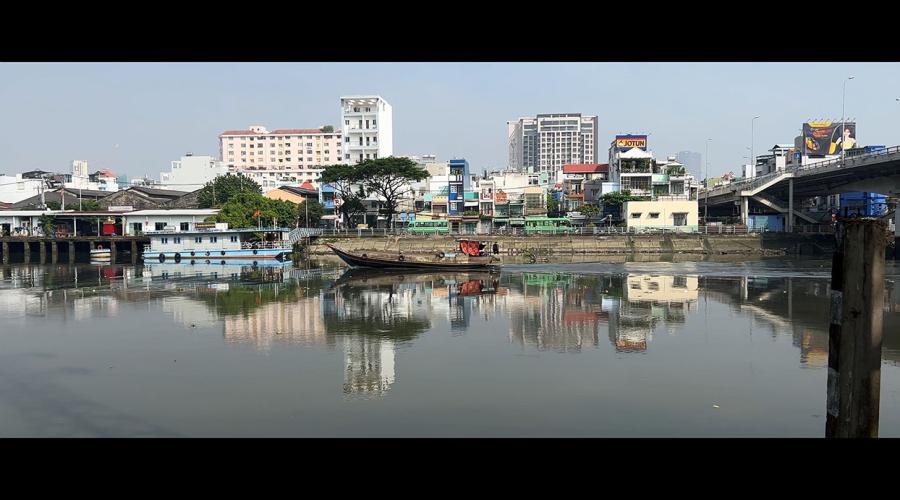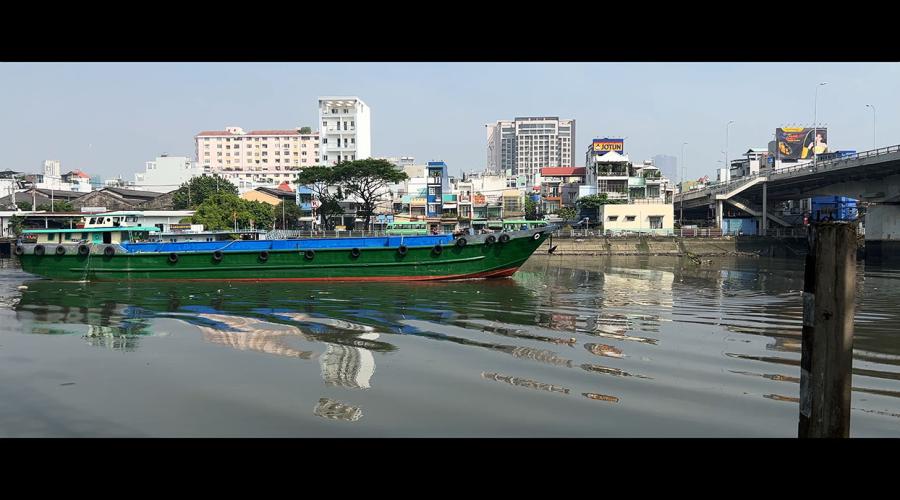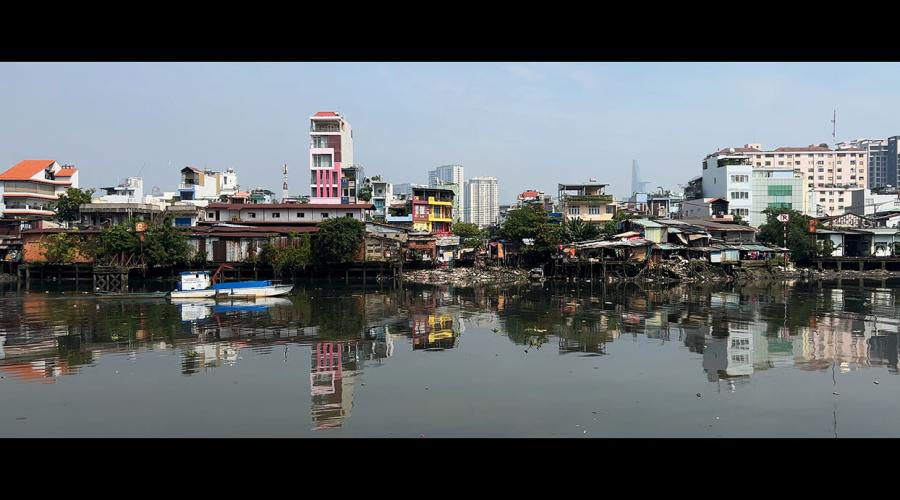
River-city revitalization through urban heritage: a case study in Ho Chi Minh City and Kênh Tẻ Canal
Kênh Tẻ canal runs between District 4 and District 7 of Ho Chi Minh City, Viet Nam, connecting Sai Gon river with the inner-city river-canal network. The river segment once served as a vibrant waterway and signature floating market connecting Ho Chi Minh City to the Mekong delta.
Rationale
Recent city master planning has promoted riverside high-rise residential tower compounds. Such development projects displace local communities and threaten their cultural identity and way of living. They face the uncertainty of being relocated away from the waterfront, or water connected space, and experiencing dislocation from their communities, business networks and social spheres.
Now, this past development path is being questioned with a new push towards heritage and sustainability.
The Kênh Tẻ canal case study engages with alternative participatory methods, urban planning, community development, urban ethnography and multi-modal creative practice to explore:
- Settlement and gentrification of the river ecosystem that displaces existing residents
- Changing use of the river ecosystem and environment as public space
- Transforming the cultural and spatial relationships between communities and the river ecosystem (including emotional, historical, sustainable, scientific, economic, etc.)
- Loss of tacit environmental knowledge through the dispersion of communities
- Mitigating flood risk, poor water quality and disruption to the river ecosystem health
The broader significance is in studying an impacted river system in a mega-urban context that retains its economic, social and community functions, although these are under threat of displacement.
Strategy
The transformational goal for the Kênh Tẻ canal case study is a co-design alternative and sustainable development paradigm for the river city. The researchers’ approach draws on the United Nations’ Sustainable Development Goals (SDGs) aim to ‘leave no-one behind’ and, thus, emphasizes bottom-up participatory methods that consult a wide range of stakeholders and measure impact through ongoing monitoring, evaluation and learning.
The revitalization component aims to embed alternative co-designed concepts that address environmental justice issues at the same time as disrupting the current trend of urbanization and high-rise developments as normative; promote sustainable tourism development that fosters existing and new livelihoods; and enable local riverside communities to document and maintain their authentic ways of living while digitizing and preserving local heritage for future generations.
Methods
The bio component will engage with historical archive records, digital storytelling, urban ethnography and community participation to develop innovative and novel methods for narrating the disruptions of the river ecosystem and its lifeworld. Reaching back over 100 years to tell multiple histories, the bio will connect the river as public space with local communities and document transformations of the river and human ecology.
The mapping component employs experimental creative methodologies to develop innovative forms of documentation, synthesis, and exposition. Using natural and built environments of the river, the researchers will generate multiple types of mapping ranging from sensory and emotion mapping to moving image and extended reality - AR/VR. The mapping data will be collected in a multi-modal creative archive of online open scholarship as a main focus of dissemination and impact of the research.







